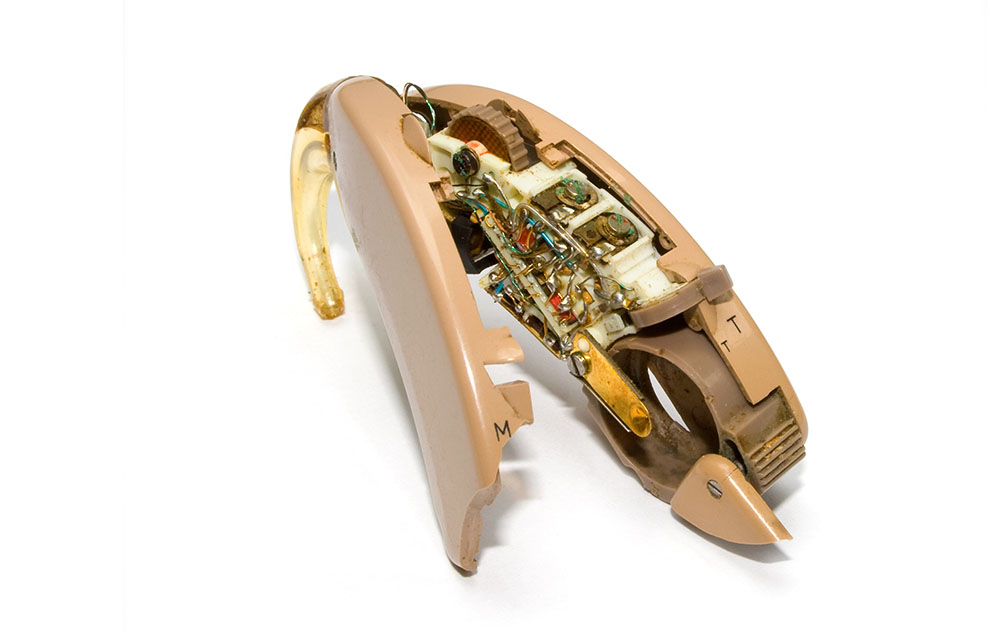
What to Expect If Your Hearing Aids Need Repair
Nothing lasts forever. Even the best car or the finest washing machine eventually needs a repair. Your hearing aids are no different. The thought of being without your hearing aids once you depend on them to keep you connected to the world can be frightening. Don’t panic. Here’s what to expect if your hearing aids need repair.
Make sure they are clean
Many repairs are a minor problem and can be performed at home. The first thing you should check is that your hearing aids are clean of all debris and wax, that the batteries are fresh and that they are not set to the telecoil setting. In addition, make sure the hearing aid is actually in the on position and the volume is adjusted correctly. Inspect your hearing aids for visible signs of damage. If you see damage, it’s time to get them to the audiologist for repair.
Where do you go?
Start the repair process with the audiologist that fitted your hearing aids. The place you purchased your hearing aids is the obvious choice for performing repairs. However, if you have moved or the audiologist no longer practices in your area you still have plenty of options. Most audiology offices deal with the same brands and manufacturers. This means they will be familiar with your hearing aids and warranty even if they didn’t sell you the devices.
If you are going to a different location, look online or call to make sure they handle your brand.
What is the repair process?
When you get to the audiologist office, your hearing aids will be inspected. You may be pleasantly surprised to find that the repair is minor and can be performed while you wait.
A simple repair such as cleaning the microphone screen or replacing tubing takes just a moment if you have the right training, parts and tools. If the hearing aid repair involves replacing the chip or another electronic component, it will need to be returned to the manufacturer. The audiologist can take care of this as well as processing any claim if the repair is covered by warranty. If the hearing aid repair is costly or your hearing aid is more than five years old, be sure to ask about replacement versus repair options.
Warranty coverage or extended warranty coverage
Most all hearing aids sold in the U.S. come with a comprehensive warranty for one year against loss or damage. After one year, the manufacturer’s warranty will cover defects in the hearing aid for an additional period.
Some audiologists offer third-party extended warranty coverage when at an additional cost of the time the hearing aids are purchased.
Any audiologist that works with the manufacturer of your hearing aid can help with warranty repairs. If you need repairs under an extended warranty, call the audiologist office that sold the warranty for instructions.
Loaner programs
Many audiology offices have loaner hearing aids for you to wear while your hearing aids are out for repair. The loaner model probably won’t be the same model you currently wear. But a loaner hearing aid may give you a chance to try a new style or test out new features.
Don’t delay if your hearing aids are working properly. Try the at home troubleshooting procedures and if they don’t resolve the problem call the audiologist right away.

